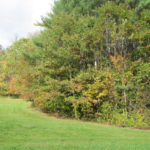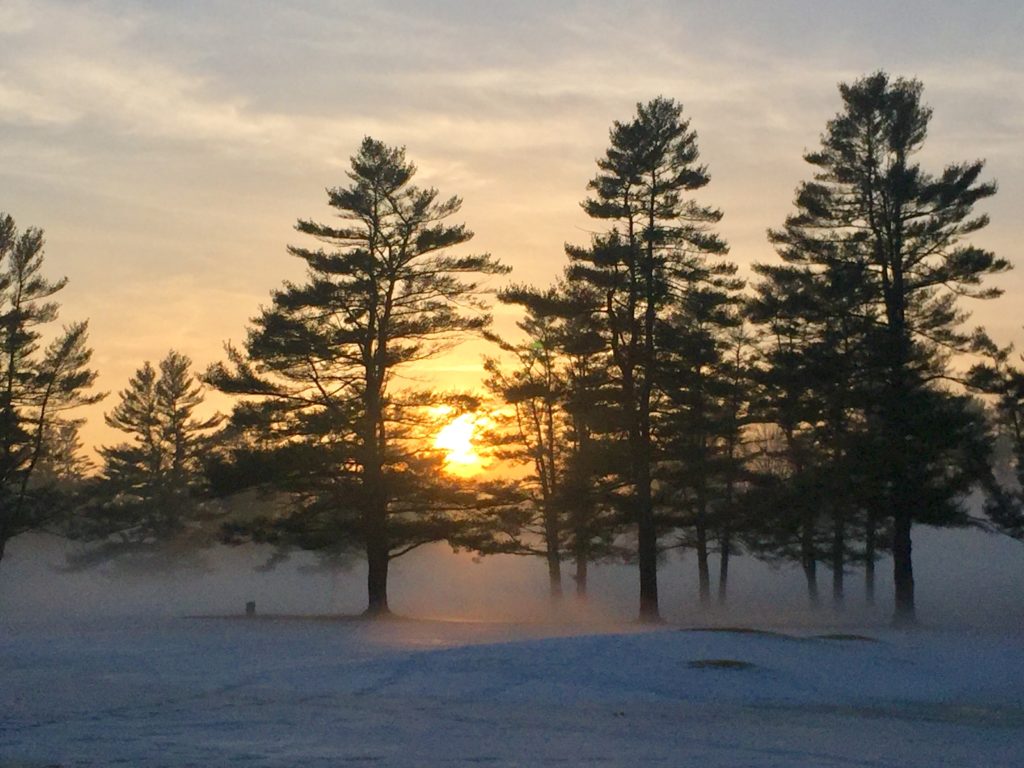
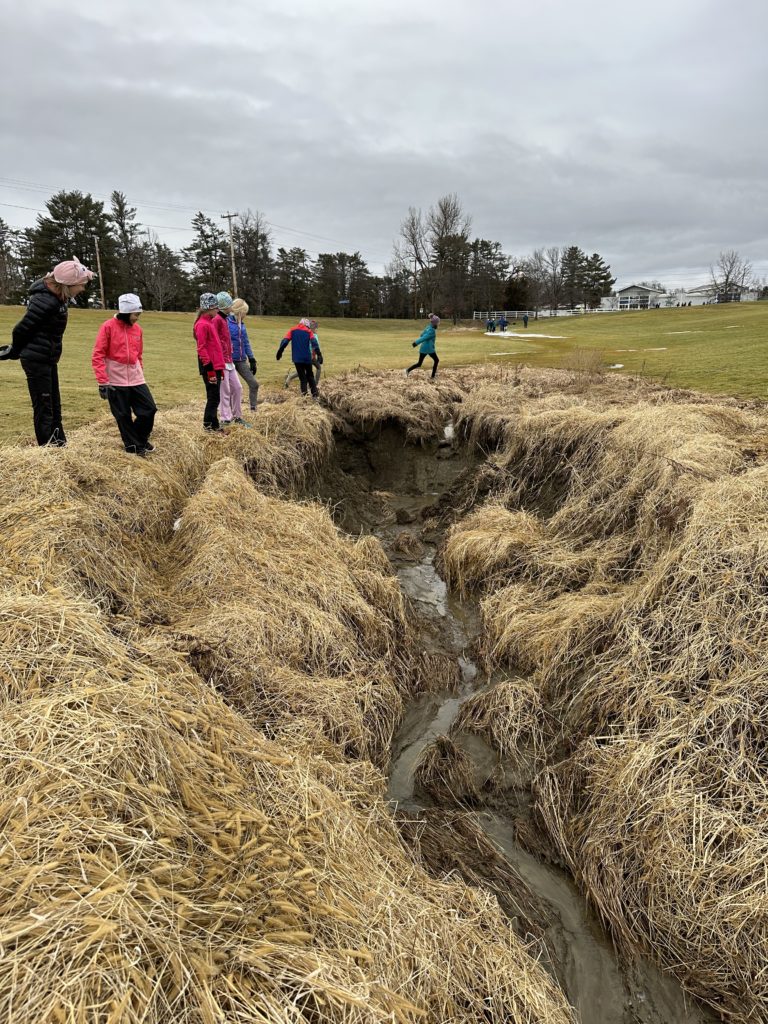
The Hanover Conservancy has been following the proposals by Dartmouth College to develop a new campus on Lyme Road, north of the traditional campus, on its former golf course land. Concerns about challenging soils and drainage conditions, along with the proximity of Pine Park and the already-impaired Girl Brook, have led our organization to offer this comment.
Read HC letter to The Town regarding Concerns with North Campus
Photos (by Hanover Conservancy board and staff)




 miles on East Wheelock Street, up a long hill to the junction of Grasse and Trescott Roads.
miles on East Wheelock Street, up a long hill to the junction of Grasse and Trescott Roads.
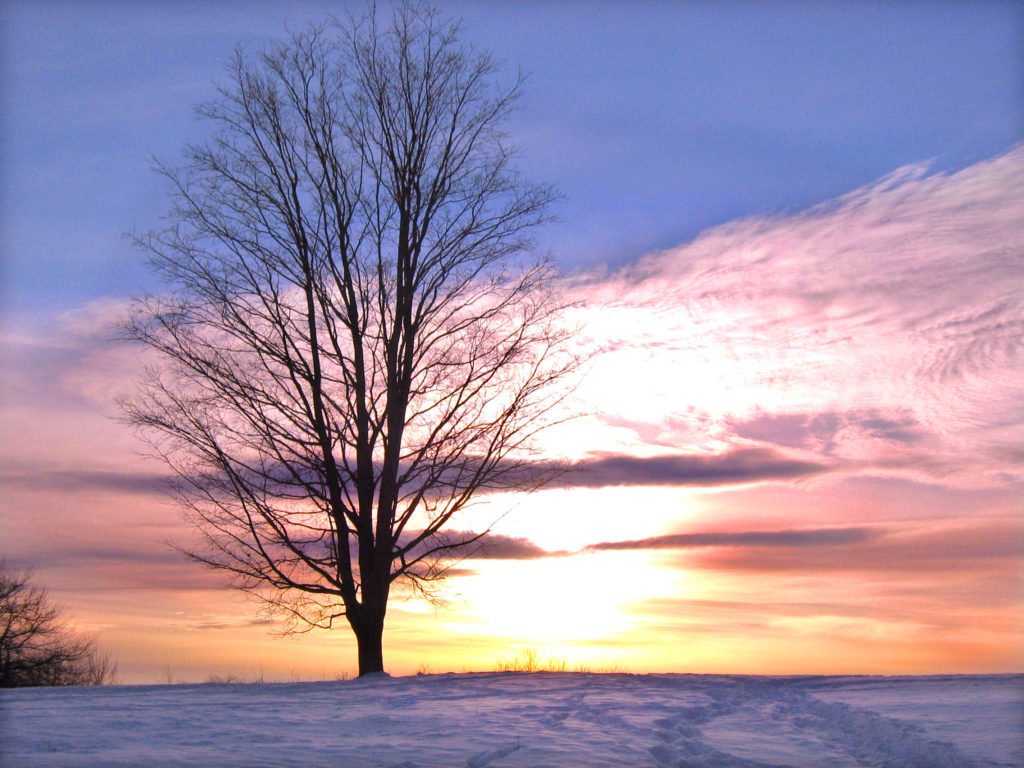
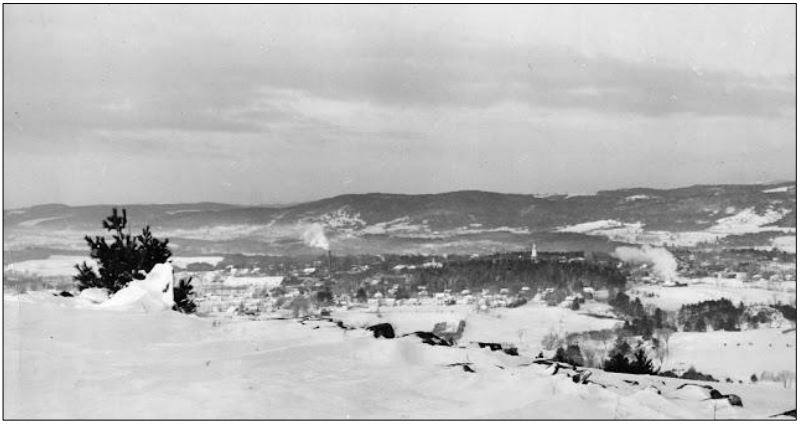
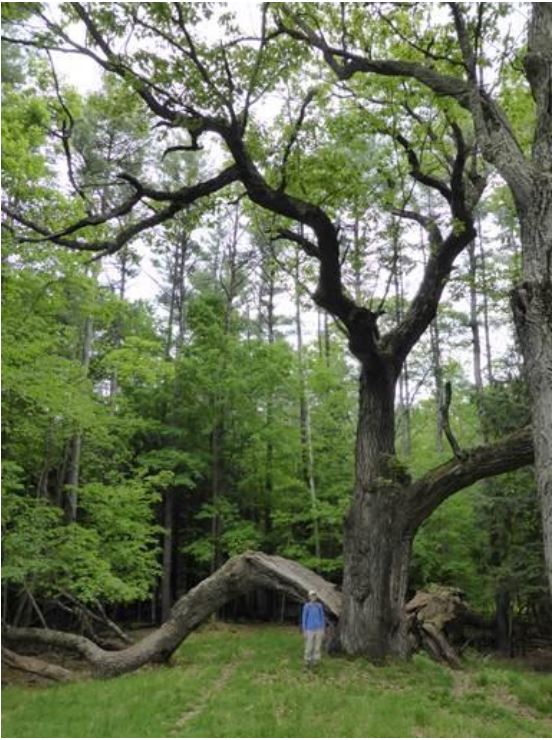 Head back up the Maple and Fire Trails to the summit. Pass the kiosk and nearby bench, and head down to the right toward the Hemlock Trail sign. You’ll soon come to the remains of an enormous old oak tree, its split trunk and massive limbs now draped across the landscape, having lost their battle with gravity and time. The trail actually passes under the fallen trunk. Here’s what it looked like in 2014 (right).
Head back up the Maple and Fire Trails to the summit. Pass the kiosk and nearby bench, and head down to the right toward the Hemlock Trail sign. You’ll soon come to the remains of an enormous old oak tree, its split trunk and massive limbs now draped across the landscape, having lost their battle with gravity and time. The trail actually passes under the fallen trunk. Here’s what it looked like in 2014 (right).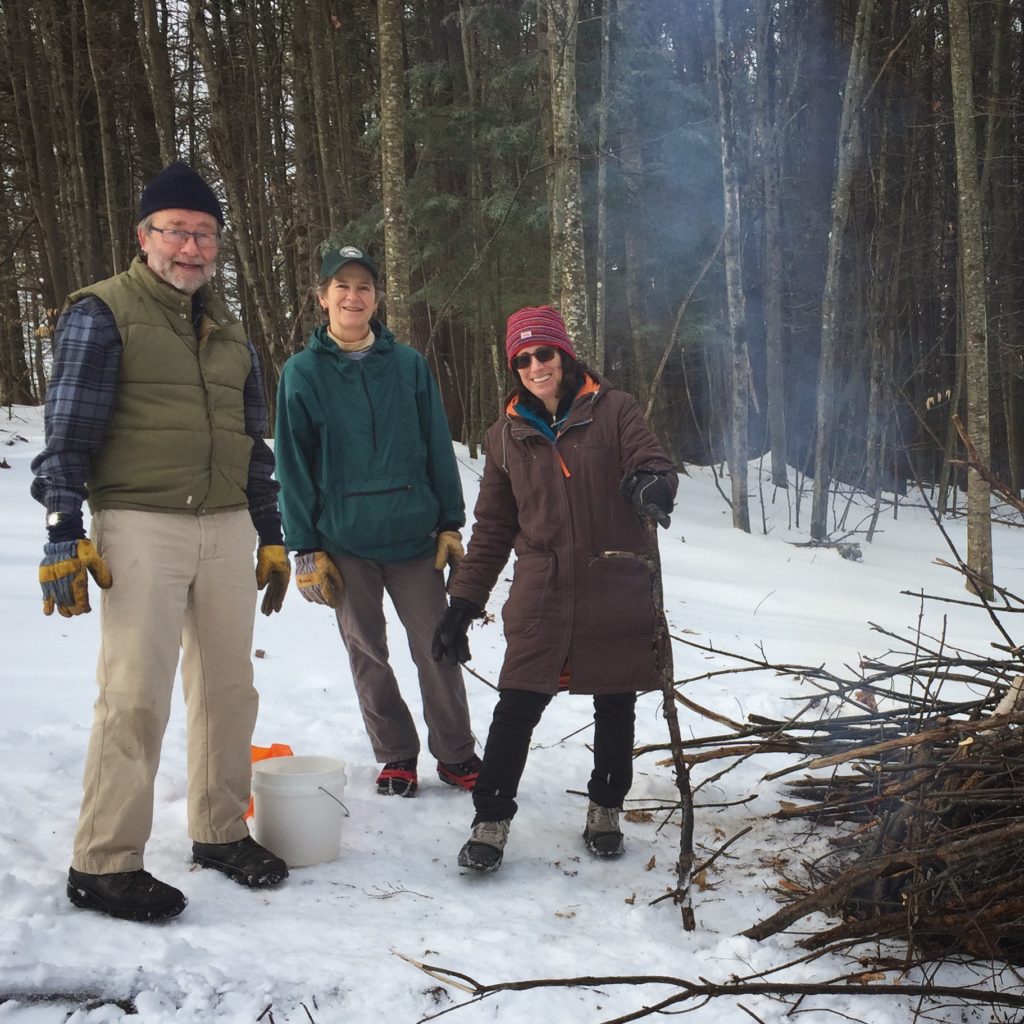 place and always welcomes help. Contact us if you’d like to get involved! We welcome contributions to the Balch Hill Stewardship Fund to help with the costs of annual mowing, vegetation management, and trail improvements.
place and always welcomes help. Contact us if you’d like to get involved! We welcome contributions to the Balch Hill Stewardship Fund to help with the costs of annual mowing, vegetation management, and trail improvements.